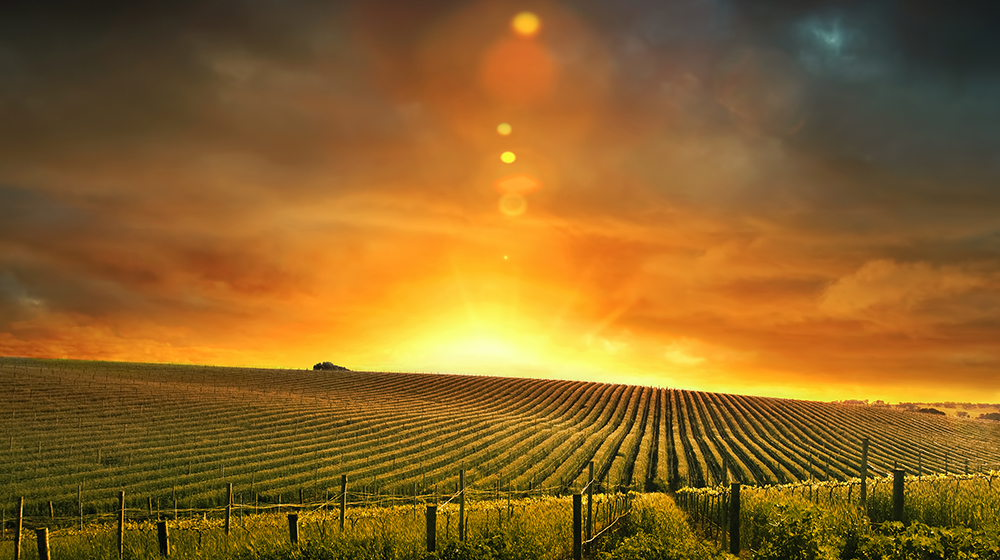 🖨️ Print post
🖨️ Print post
Human beings have been called “light-eaters.” Basically, food is light “slowed down,” so that we can ingest it and get energy from it. In today’s episode, Dewey Layman explores how the light in our food and our environment shapes our health. He dives into how our brains are wired for light, why it’s a good idea to include plenty of seafood in our diet, and how getting enough sunlight can decrease not only our appetite, but the actual amount of food we need to eat to function well. Dewey is the COO of Ra Optics (a blue-blocking glasses company) and the Founder and CEO of L-Dopa, a quantum health consulting company, and, as such, he shares insights from his years of research into light and its effects.
Notes:
Highlights from the conversation include:
- What it means that we are “light eaters”
- The importance of eating food from your local environment
- How Weston Price observed the wise traditions of traditional cultures and how their diets around the world protected them from too much UV light
- How we are affected by what our food eats & the light it absorbs; i.e., pastured animals outside in the sun and natural light environments are also light eaters and this has an influence on how that food will affect our bodies
- Animals living under fluorescent lights (blue light) is unnatural and eating that meat or products of those animals will drastically affect our health
- How the light we emit, assimilate, and retain is a measure of our health
- Our cells and mitochondria are a microcosmic version of a star: our mitochondria trap energy in the form of light just like a star
- Doug Wallace discusses how 90% of diseases are caused by mitochondrial dysfunction
- Negative light environments will disrupt melatonin, which controls mitochondrial DNA
- Our bodies are meant to be negatively charged, and when this is not the case, the body attracts disease and infections, in a sense
- High fat in the diet and DHA from seafood helps raise our negative charge
- DHA helps your body to capture more light in your cells
- A huge percentage of your brain is tied to light
- Two-thirds of the energy in mitochondria comes from light, and one-third comes from food
Resources:
Dewey’s website – http://l-dopaconsulting.com Dr. Doug Wallace – YouTube video on mitochondrial etiology Jordan Peterson – article on his “meat only” diet” in “The Atlantic” Positive Outloud w/ Taz Street – YouTube podcast Books: Health and light by John Ott Fourth phase of water by Gerald Pollock Light in shaping life by Roeland Van Wijk Going somewhere by Dr. Andrew Marino



Leave a Reply